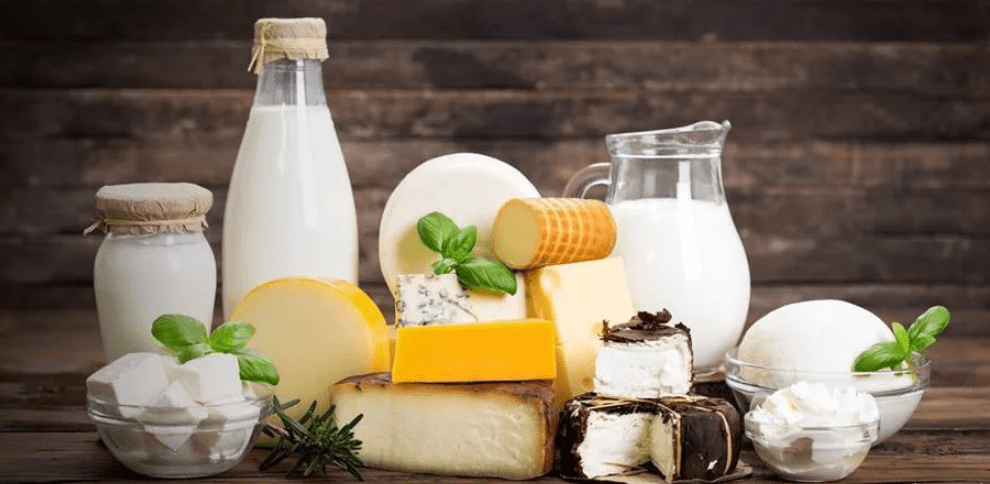According to a recent Fact.MR analysis, dairy product consumption dates back more than six thousand years and remains popular worldwide today. In recent decades, the industry has seen significant innovation and advancements in product development and processing. The market, valued at USD 871 billion in 2021, is projected to exceed USD 871 billion by 2026.
Dairy products are rich in calcium, supporting bone health and reducing the risk of fractures. They are also a key source of vitamin D, which enhances bone density, while cream consumption may help protect against sarcopenia.
Get To Know More: https://www.factmr.com/report/2123/dairy-cream-market
Research shows mixed results on the benefits and risks of full-fat dairy, making moderation essential when adding heavy whipping cream to your diet. For a 2,000-calorie diet, saturated fat intake should be limited to about 20 grams per day.
Manufacturers in the market have been engaged in marketing their new cream products as a complete solution to most of their cooking needs. The key focus seems to be on the nutrition aspect of the product. Most large-scale producers in the market have been offering pasteurized milk and cream, especially from non-fat to their consumers. This is in line with the growing consumer demand for products rich in milk proteins and vitamins. Growth in the number of diet conscious-consumers has resulted in higher consumption of non-fat milk in households as it eliminates most of the saturated fats and cholesterols.
Leading brands like Nestlé and Saputo offer a wide range of cream varieties, including sour cream. To expand their market reach, small and mid-sized producers are encouraged to address consumers’ dietary and religious preferences by introducing halal and kosher-certified products.
Opportunities for Manufacturers
Packaging design—including its shape, color, and style—plays a vital role in attracting consumers and communicating key product details and ingredients. To stand out, manufacturers are increasingly using tetra packs, cans, and bottles for product distribution. Among these, tetra packs are emerging as a preferred sustainable packaging option, helping products stay fresh and extending shelf life.
Effective packaging also prevents contamination and supports safe transportation. With growing environmental awareness, the use of plastic in dairy packaging is steadily declining, as it is a major contributor to pollution. Tetra packs, made primarily from paperboard and thin layers of aluminum, not only offer sustainability benefits but also help preserve the nutritional quality of dairy products.




















